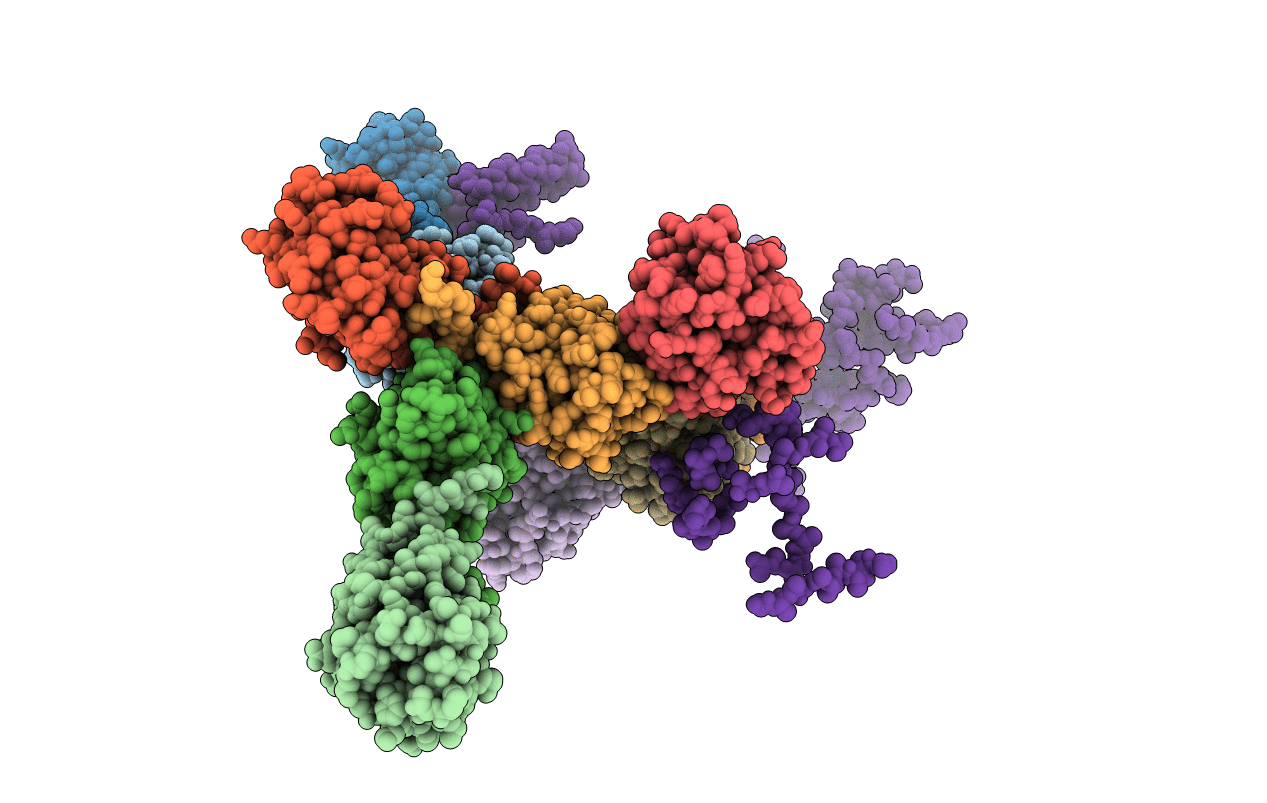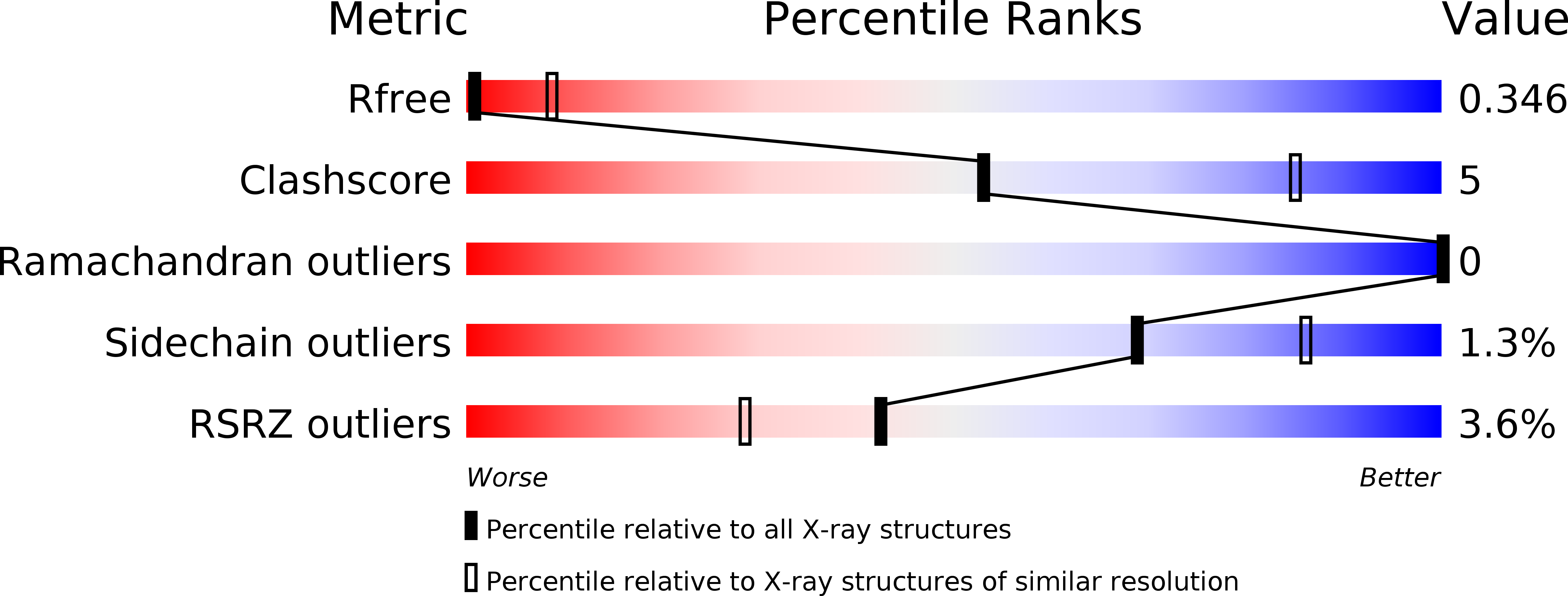
Deposition Date
2018-11-08
Release Date
2019-11-06
Last Version Date
2024-03-27
Entry Detail
Biological Source:
Source Organism:
Arabidopsis thaliana (Taxon ID: 3702)
Host Organism:
Method Details:
Experimental Method:
Resolution:
3.60 Å
R-Value Free:
0.34
R-Value Work:
0.30
R-Value Observed:
0.31
Space Group:
P 21 21 21


